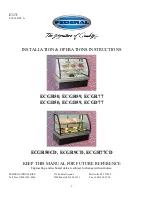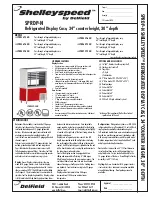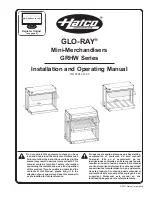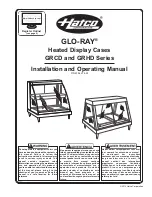
Pilot’s Guide for the Cirrus SR2x with Cirrus Perspective by Garmin
190-00820-11 Rev. A
374
HAZARD AVOIDANCE
SY
STEM
O
VER
VIEW
FLIGHT
INSTRUMENTS
EIS
AUDIO P
ANEL
& CNS
FLIGHT
MANA
GEMENT
HAZARD
AV
OID
ANCE
AFCS
ADDITIONAL FEA
TURES
APPENDICES
INDEX
The different radar echo intensities are measured in decibels (dB) relative to reflectivity (Z). Weather
radars measure the reflectivity ratio, or the energy reflected
back to
the radar receiver (designated by the
letter Z). The value of Z increases as the returned signal strength increases.
P
reciPitation
l
iMitationS
Radar images may have certain limitations:
• Undetermined precipitation types may be displayed as mixed.
• Base reflectivity is sampled at the minimum antenna elevation angle. An individual radar site cannot
depict high altitude storms at close ranges. It has no information about storms directly over the site.
• When zoomed in to a range of 30 nm, each square block on the display represents an area of four square
kilometers.
• The radar beam may overshoot precipitation occuring below the radar beam, which will be undetected.
Figure 6-70 Precipitation Weather Product - Zoomed
Block represents
4 km
2
The following may cause abnormalities in displayed radar images:
• Ground clutter
• Strobes and spurious radar data
• Sun strobes (when the radar antenna points directly at the sun)
• Interference from buildings or mountains, which may cause shadows
• Metallic dust (chaff) from military aircraft, which can cause alterations in radar scans






































